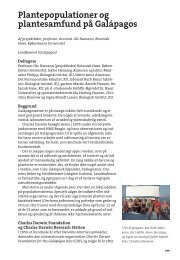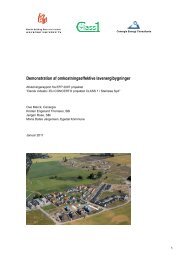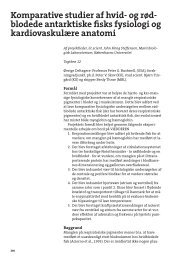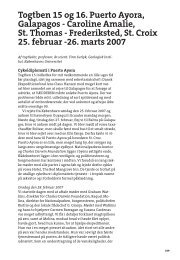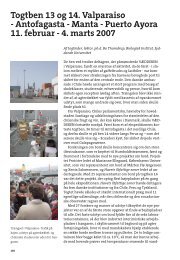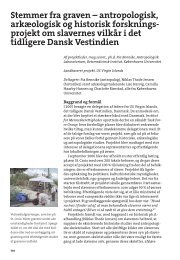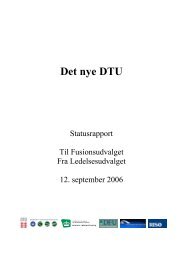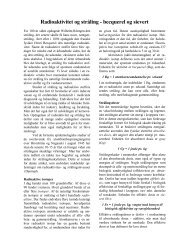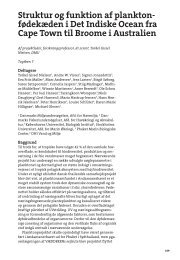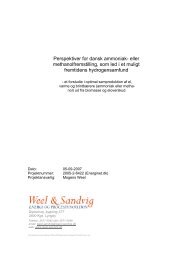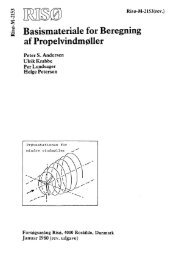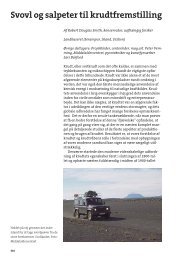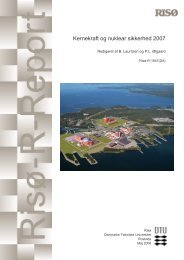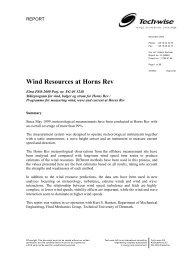Properties of hemp fibre polymer composites -An optimisation of ...
Properties of hemp fibre polymer composites -An optimisation of ...
Properties of hemp fibre polymer composites -An optimisation of ...
Create successful ePaper yourself
Turn your PDF publications into a flip-book with our unique Google optimized e-Paper software.
The curves for composite stiffness versus <strong>fibre</strong> volume fraction were also steeper for the<br />
<strong>hemp</strong> <strong>fibre</strong>s produced by cultivation <strong>of</strong> P. radiata (Figure a) than the curves for raw<br />
<strong>hemp</strong> bast and water retted <strong>hemp</strong> (Figure b). The raw <strong>hemp</strong> bast and the water-retted<br />
<strong>hemp</strong> <strong>fibre</strong>s had therefore lower stiffness <strong>of</strong> 78 GPa and 88 GPa, respectively than the<br />
<strong>hemp</strong> <strong>fibre</strong>s produced by cultivation <strong>of</strong> P. radiata (94 GPa) (Table 4). The highest<br />
composite stiffness obtained using raw <strong>hemp</strong> bast, water retted <strong>hemp</strong> or P. radiata<br />
defibrated <strong>hemp</strong>, as reinforcement were 20 GPa, 26 GPa and 30 GPa, respectively<br />
without consideration <strong>of</strong> porosity (Ec). Cultivation <strong>of</strong> P. radiata for defibration <strong>of</strong> <strong>hemp</strong><br />
<strong>fibre</strong>s resulted thereby both in the highest composite strength and highest composite<br />
stiffness. Based on obtainable composite strength and stiffness, the best defibration<br />
method was cultivation <strong>of</strong> P. radiata followed by water retting and then by cultivation <strong>of</strong><br />
C. subvermispora. It was determined that the <strong>hemp</strong> <strong>fibre</strong>s tensile strength and stiffness<br />
were affected by the defibration methods at 90% probability using analysis <strong>of</strong> variance<br />
(F-test with number <strong>of</strong> samples = 4 and number <strong>of</strong> repetitions = 23 for F0.1).<br />
V p [% v/v]<br />
10<br />
5<br />
0<br />
Raw <strong>hemp</strong> bast<br />
Water retted <strong>hemp</strong><br />
C.sub. treated <strong>hemp</strong><br />
Hemp yarn<br />
P.rad. treated <strong>hemp</strong><br />
0 10 20 30<br />
Vf [% v/v]<br />
Figure 5. Porosity content in the <strong>composites</strong> versus <strong>fibre</strong> volume fraction.<br />
134 Risø-PhD-11<br />
40



